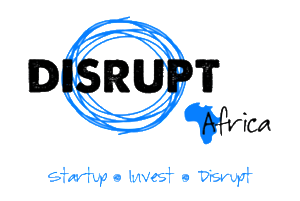Kenyan tech-enabled forestry company Komaza recently announced it has secured US$28 million in Series B funding. However, the company started out life as a non-profit, which chief executive officer (CEO) Tevis Howard says is harder work, and can mean teams lack the focus to achieve long-term large scale impact.
Komaza works with smallholder farmers to repurpose degraded agricultural land to plant and harvest sustainable wood for industrial and commercial use. The company uses artificial intelligence (AI) and satellite data to map existing tree growth and real-time mobile apps on the ground to track farmer progress, and has so far planted six million trees with 25,000 smallholder farmers. The company’s “microforestry” model represents a paradigm shift in the industry from large, costly plantations to distributed partnerships with local farmers.
However, while the current company presents an innovative business model capable of attracting serious investor backing, Komaza actually initially launched as a non-profit in the US back in 2005.
“At the time when Komaza started, the impact investing industry didn’t exist. I don’t think the words impact investing existed 15 years ago. Or if they did, it was in academic papers, it wasn’t considered as an emerging asset class like it is today. So we didn’t have any other path to go,” CEO Tevis Howard told the latest episode of Disrupt Podcast.
Howards says while he tried to raise money from emerging market forestry funds between 2005 and 2007, he was almost “laughed out of the room”.
“Really the only way 10 to 15 years ago to get money for Komaza was to go to people who care about helping poor farmers and families and don’t care so much about getting their money back. […] Back then we couldn’t tell a compelling story that worked both ways.”
Komaza transitioned into a for-profit entity in around 2014, and Howard says the shift has served to give the company real focus. In the non-profit arena, he says it is easy to get distracted by short-term impact – such as improving one farmer’s livelihood – and to lack the long term, large-scale impact that is often very abstract.
“I think the benefit of planting our flag firmly in the for-profit land is that we have a very clear vision on how Komaza aims to create impact in the world, and that’s backed by a financing strategy, and a capital markets strategy, that shows that we could get to really very large scale. So that gets everyone thinking more about the big picture, the long term, really the scale of the opportunity,” Howard says.
Switching to the for-profit arena also brings a “different type of funder”, the CEO says, with for-profit investors matching the commitment of the startup itself. Howard calls these investors, “funders with focus”.
Finally, he says funding and running an organisation in the non-profit sphere is harder work, given the amount of time spent looking for funding opportunities. Non-profits, he says, end up chasing smaller, disaggregated check sizes that trickle in, US$100,000, or US$250,000 at a time. As such, it is much harder to make these bits of funding add up to a budget.
While donors rarely care about what other donors are funding, and as such there is no “teaming up” of multiple funding sources; equity fundraising sees a startup sell shares at the same price, at the same time, to multiple sources.
“It’s more of a marathon fundraising game than indefinite sprinting […] That then gives you the runway to really think as a business.”
—
The latest episode of Disrupt Podcast is available now, featuring in-depth interviews with Howard and co-founder Tiffany Card as well as E4E Africa managing director Philani Sangweni.
You can listen on Soundcloud, Spotify, Apple Podcasts, and all other podcasting platforms.


